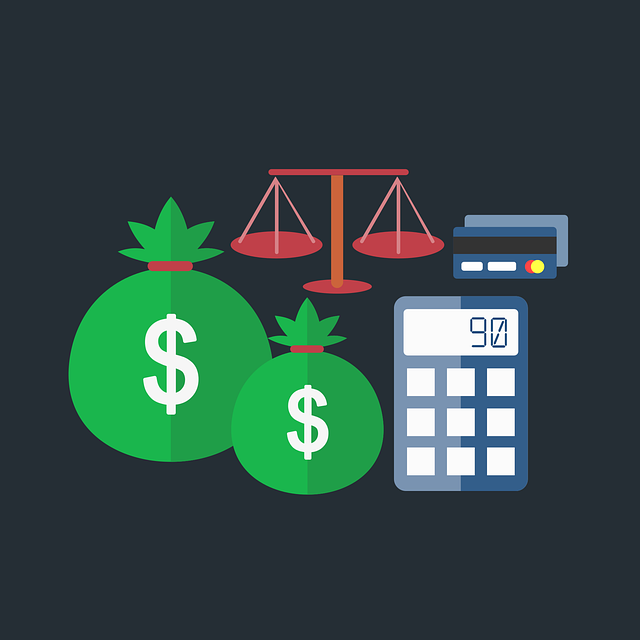Unpaid invoices serve as an undervalued yet powerful source of quick funding for small and medium-sized enterprises (SMEs) in the digital era. By leveraging these outstanding records, businesses can access capital swiftly without cumbersome application processes. The process involves organizing and verifying invoices, communicating with clients for prompt payment using tools like automated reminders, and strategically allocating funds to cover immediate expenses while reinvesting for growth. Quick funding through unpaid invoices offers control over accounts receivable, avoids interest rates, but requires robust customer reliability and efficient collection practices to mitigate risks.
Unpaid invoices, often overlooked as a financial asset, can be a powerful tool for businesses seeking fast funding. In today’s dynamic market, leveraging these outstanding debts can provide a swift cash injection without traditional collateral. This article explores how businesses can tap into the potential of unpaid invoices, offering a unique and accessible route to quick funding. We’ll guide you through the process, highlight benefits, and discuss potential challenges, empowering entrepreneurs to make informed decisions about this innovative financing strategy.
- Understanding the Power of Unpaid Invoices as Collateral
- The Process: How to Secure Fast Funding
- Benefits and Potential Challenges of This Financing Method
Understanding the Power of Unpaid Invoices as Collateral

Unpaid invoices hold significant value beyond just being a record of goods or services exchanged. They serve as a powerful form of collateral, offering businesses a fast and efficient way to secure funding. In today’s digital age, where invoicing and payment processes have become streamlined, unpaid invoices can be a largely untapped resource for quick funding.
By leveraging these outstanding invoices, companies can gain immediate access to capital without the lengthy wait times associated with traditional loan applications. This collateral-based approach allows businesses, especially small and medium-sized enterprises (SMEs), to bridge financial gaps, fund growth initiatives, or navigate unexpected cash flow challenges swiftly. It’s a game-changer for those seeking quick funding options with minimal hassle.
The Process: How to Secure Fast Funding

Securing fast funding through leveraged unpaid invoices involves a strategic process that businesses can utilize to gain access to immediate capital. First, identify and organize all outstanding invoices. This includes verifying the amounts due, the dates of service or delivery, and ensuring accurate record-keeping. By having a comprehensive overview of your invoice portfolio, you can pinpoint which debts are most deserving of immediate attention.
Next, communicate assertively with your clients to remind them of unpaid balances. A polite yet firm approach can expedite payments. Consider implementing automated payment reminders or utilizing invoicing software that facilitates communication and tracks payment statuses. Once payments are received, allocate a portion to cover immediate business expenses, while another part can be reinvested into the growth and expansion of your venture, providing a quick funding boost for your operations.
Benefits and Potential Challenges of This Financing Method

Unpaid invoices can serve as a powerful tool for businesses seeking quick funding, offering several advantages in their cash flow management strategy. One of the key benefits is access to immediate capital without the need for traditional loans or external investors. By accelerating the invoice payment process, companies can bridge financial gaps and seize opportunities that require swift action. This method provides a more flexible financing option, allowing businesses to maintain control over their accounts receivable and avoid the interest rates and strict terms often associated with conventional funding sources.
However, as with any alternative financing method, there are potential challenges to consider. Late or disputed invoices can disrupt cash flow, especially if they involve significant amounts. Additionally, this approach relies heavily on having a solid customer base that is reliable in meeting payment obligations. Effective invoicing practices, clear communication, and efficient debt collection processes become critical to ensuring a steady stream of quick funding through unpaid invoices.






